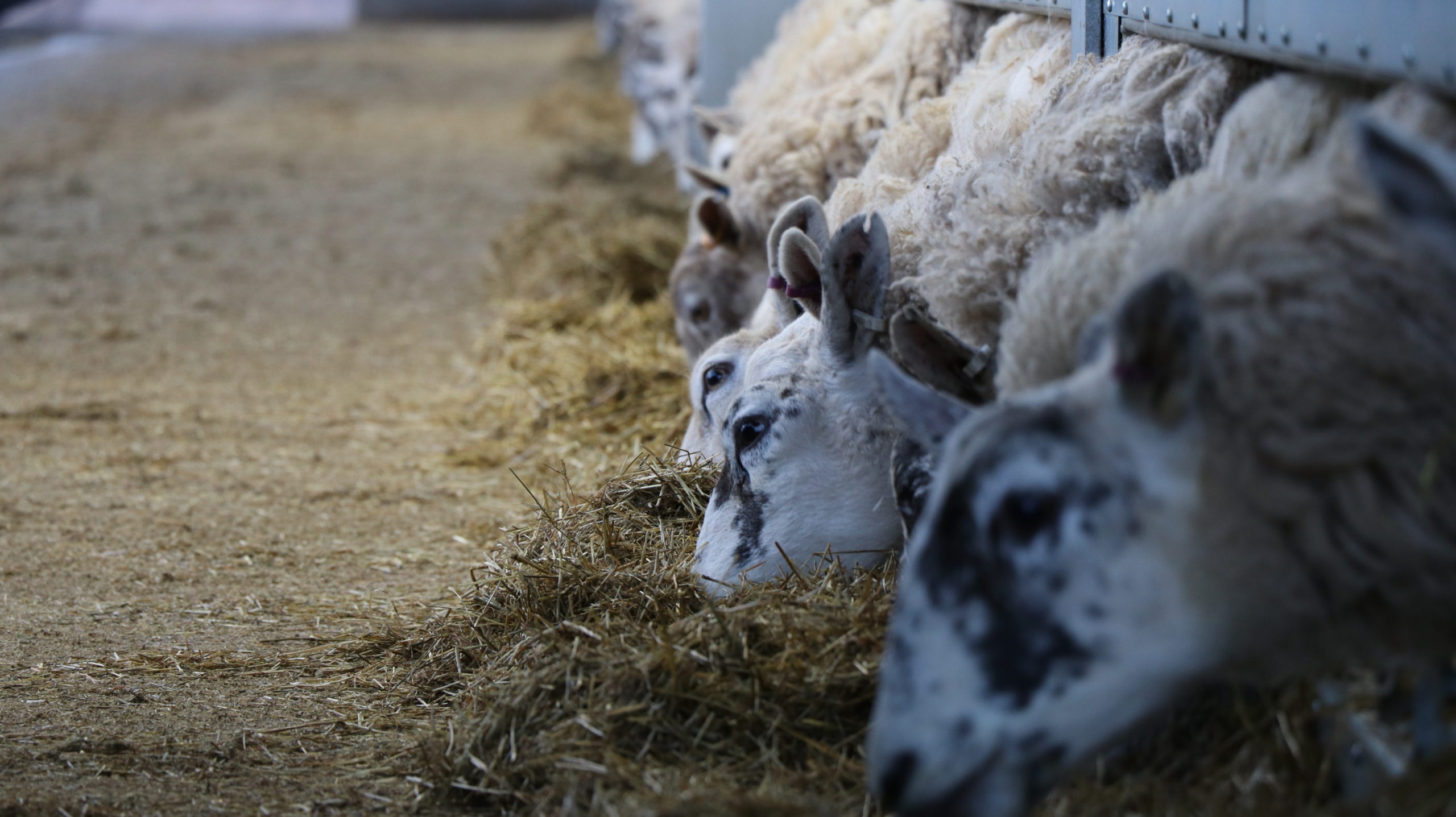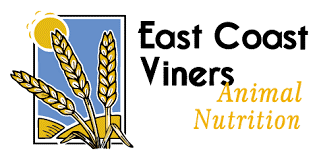Making the switch to a Total Mixed Ration (TMR) has delivered significant benefits for flock health and efficiency at Lochfer Farm, of Inverdunning Farms, in Bridge of Allan.
Since joining the farming operation five years ago, Jack Shaw has been making substantial changes, including increasing the sheep flock from 200 to 800 ewes and moving from a hill-based system to low-ground grazing.
A small herd of pedigree Simmental cattle have been introduced as well as building a state-of-the-art multi-purpose livestock handling shed which can be utilised year-round.
The 20-cow pedigree Simmental herd at Lochfer has been established in recent years with foundation stock purchased from the best of breeding lines with the view of gradually building up numbers through retaining home-bred heifers.
Surplus heifers and bulls are currently being sold privately off-farm, building their reputation within the breed, with the aim of selling at Bull Sales in the future.
“We chose the Simmental as they are a great all-rounder,” comments Jack. “They suit the ground we have perfectly. The first calves off our new stock bull purchased from Islavale were born earlier this year, he’s got excellent breeding behind him so it’ll be interesting to see what he can bring to the herd.”
While the Simmentals are an important part of the business, it’s the sheep flock which Jack is extremely passionate about. His most recent focus has shifted towards making improvements in flock nutrition. Wanting to reduce the labour costs and time associated with feeding stock, he began to explore whether supplementing ewes with a TMR could work within his system, having witnessed a friend successfully feeding 3000 ewes a day by this method, south of the border.
The sheep operation at Lochfer consists of 550 breeding ewes, although this has been increased, with 800 due to be lambing in March 2024. This expanding flock is made up of both Scottish Mules and Texel Cross ewes, with Texel and Beltex being the breed of choice for tups. A Texel tup is used over Mule ewes with any ewe lambs being kept for replacements, and the resulting cross put back to a Beltex tup. Having scanned at 210% last year, nutrition management was key.
Ewes are all brought inside to the new purpose-built shed eight weeks prior to lambing in order to give the ground a chance to recover for grazing. Once inside, the shed has more than sufficient space for ewes to be split into feeding groups accordingly, allowing for a TMR to be tailored to each group. As well as being split into groups dependant on the number of lambs being carried, ewes were also split based on their breed, allowing for closer nutrition management in the run up to lambing.
Working with the team at East Coast Viners (ECV), the animal nutrition specialists, they trialled a series of blends and pellets until they found a formula which worked best for his system, with great results.
“We had spoken to a lot of feed suppliers who had said it wasn’t going to be easy to move to a TMR, but ECV were keen to work with us to see what was possible,” said Jack. “They began by trialling a high protein mineralised pellet for us, adding in a mycotoxin binder to reduce Listeria risk. This was added to the forage in the mixer wagon, but it didn’t stick well to the silage meaning the ewes could sort it when fed out. We changed to a blend form of ration, and it worked almost perfectly.
“Very quickly we found that feeding the TMR was a less stressful experience for the ewes as having adequate feeding space for each pen meant there was less fighting with ewes having constant access to their mix. It also proved to be a lot less labour intensive. I found I could feed the 600 ewes in an hour in the morning, allowing me more time in the day to get on with everything else, which was a great help once lambing really kicked off!
“The ewes weren’t rushing to get to their food, which has really helped in reducing both abortion rates and prolapses, and we had a lot more milk on them due to a better balance in the diet. Listeria is a problem we have struggled with for years, ECV introduced a mycotoxin binder to the ration to combat this and it worked as this year we only had one ewe come down with it,” continued Jack, emphasising that it is only their first year trialling the TMR, so they are only just at the start of their journey.
“We blood tested the flock about a month before lambing and found that ewes with twins were oversupplied in energy resulting in them carrying too much weight, but triplets needed a touch more feeding, so we were able to make adjustments to the TMR according to their feed groups,” explained Jack.
Nutritionist Joanne Hay from East Coast Viners has been working with Jack to find the right formula for his flock.
“Joanne from ECV will come out and test our silage three or four times over the season, which keeps us right ensuring the ration doesn’t change too much when using different bales, says Jack. “If you have plenty of information to work with, you can make changes to the diet and with the TMR, it doesn’t take long to implement.”
Joanne adds:
“When I first spoke with Jack, he was eager to introduce a TMR system for feeding, really focusing on getting the correct nutrition for his ewes. We worked together to figure out a ration which best suited his system and after a month of trials, discovered a mineralised protein blend worked best with the forage mix. Having the ability to regularly test silage and adjust the amount of blend in the mix meant we could ensure each group of ewes were meeting their requirements, and adjustments were quick and easy. Introducing a TMR system at Lochfer Farm has been cost-effective for Inverdunning, as well as benefitting flock health and efficiency – I’m intrigued to see how this continues!
“Looking at nutrition is extremely important, regardless of what type of system you work, as it benefits both efficiency and animal health,” continued Joanne. “By working with a nutritionist, it allows you to maximise the use of home-grown materials, finding cost effective ways of supplementing livestock. This allows your stock the best chance of reaching their potential, whether that be in weight gain, fertility, or milk production, even a small supplement can make big improvements to your end product,” she concludes.

